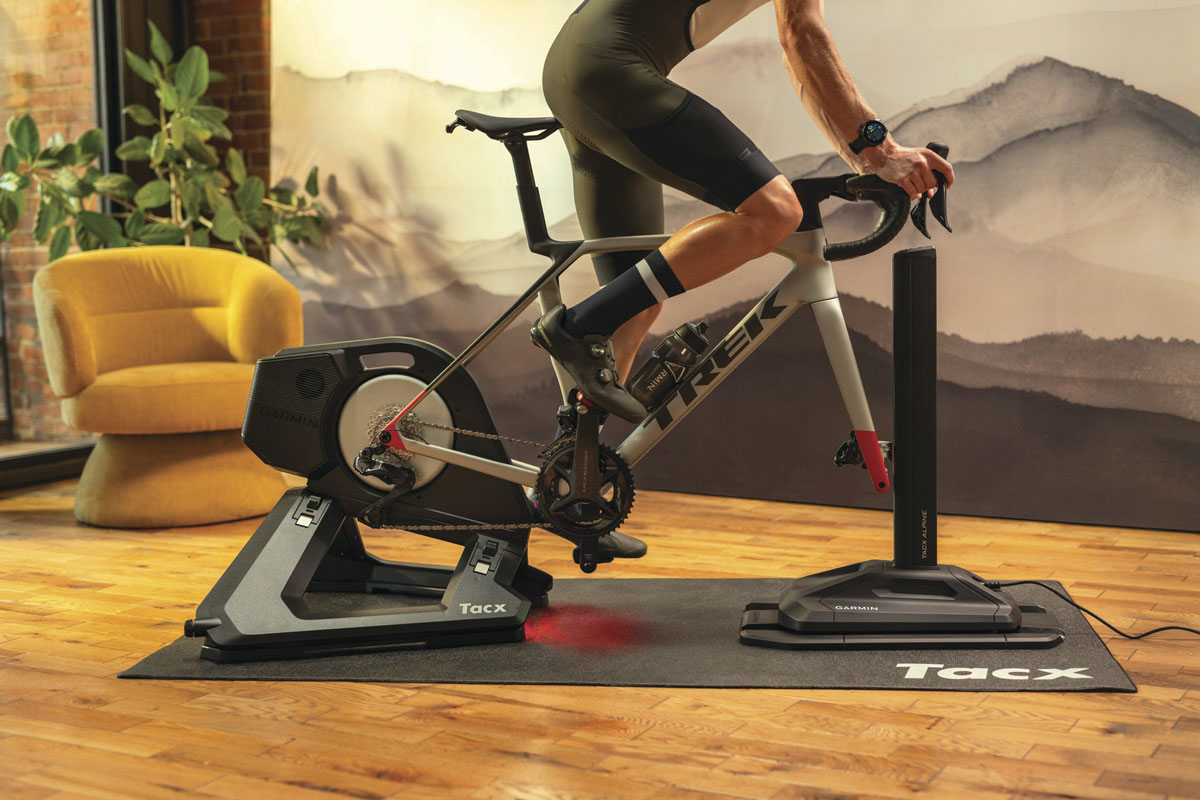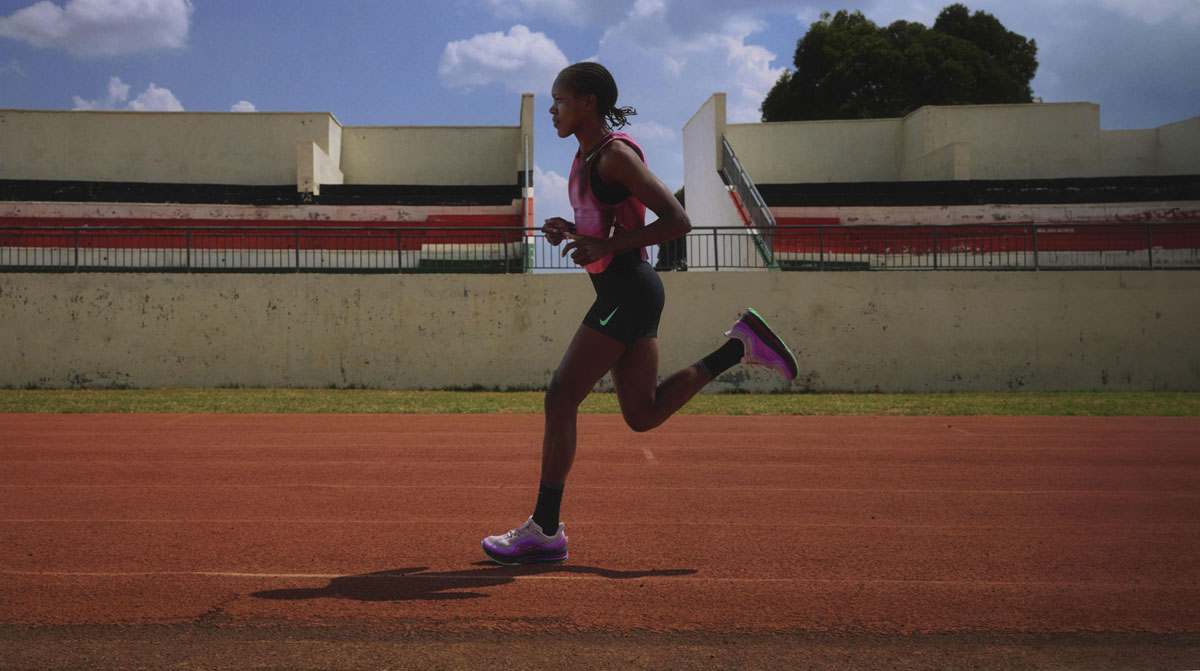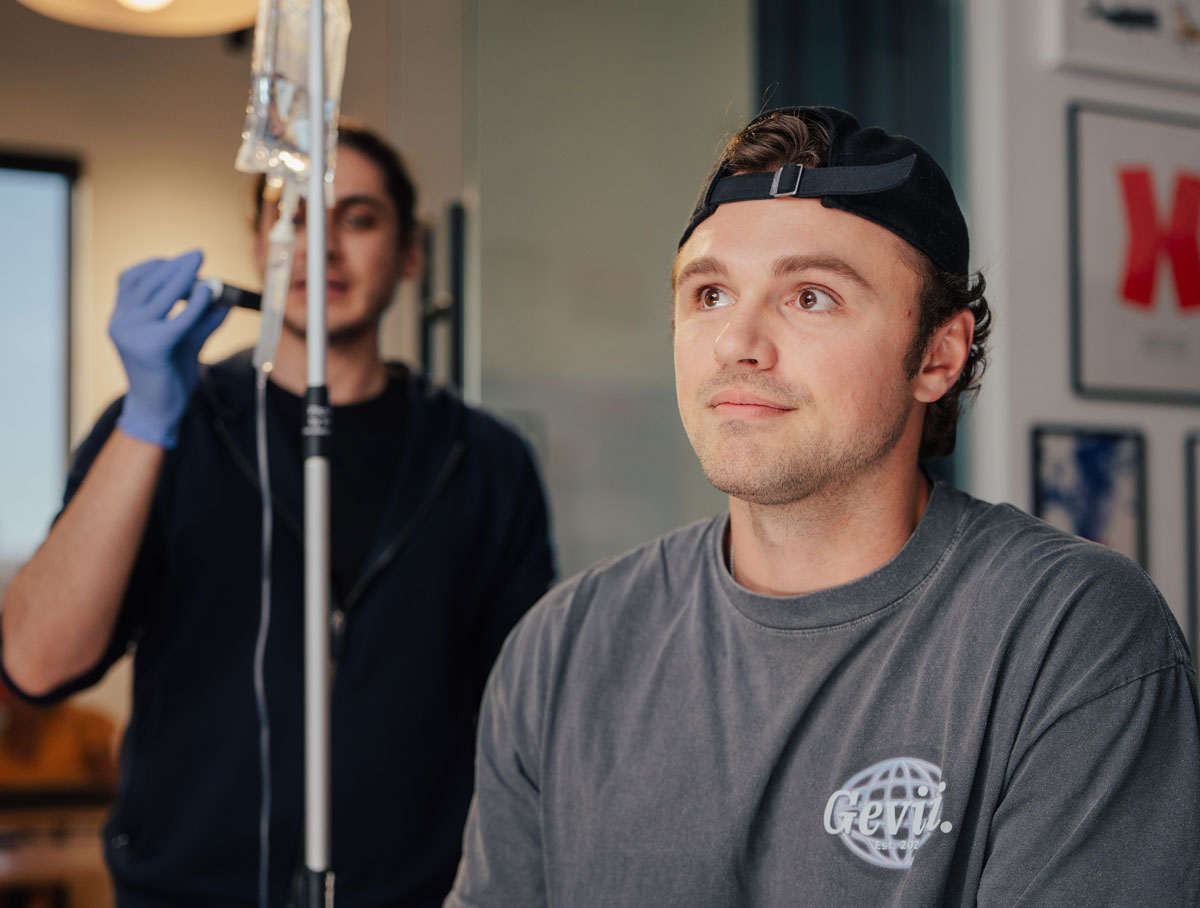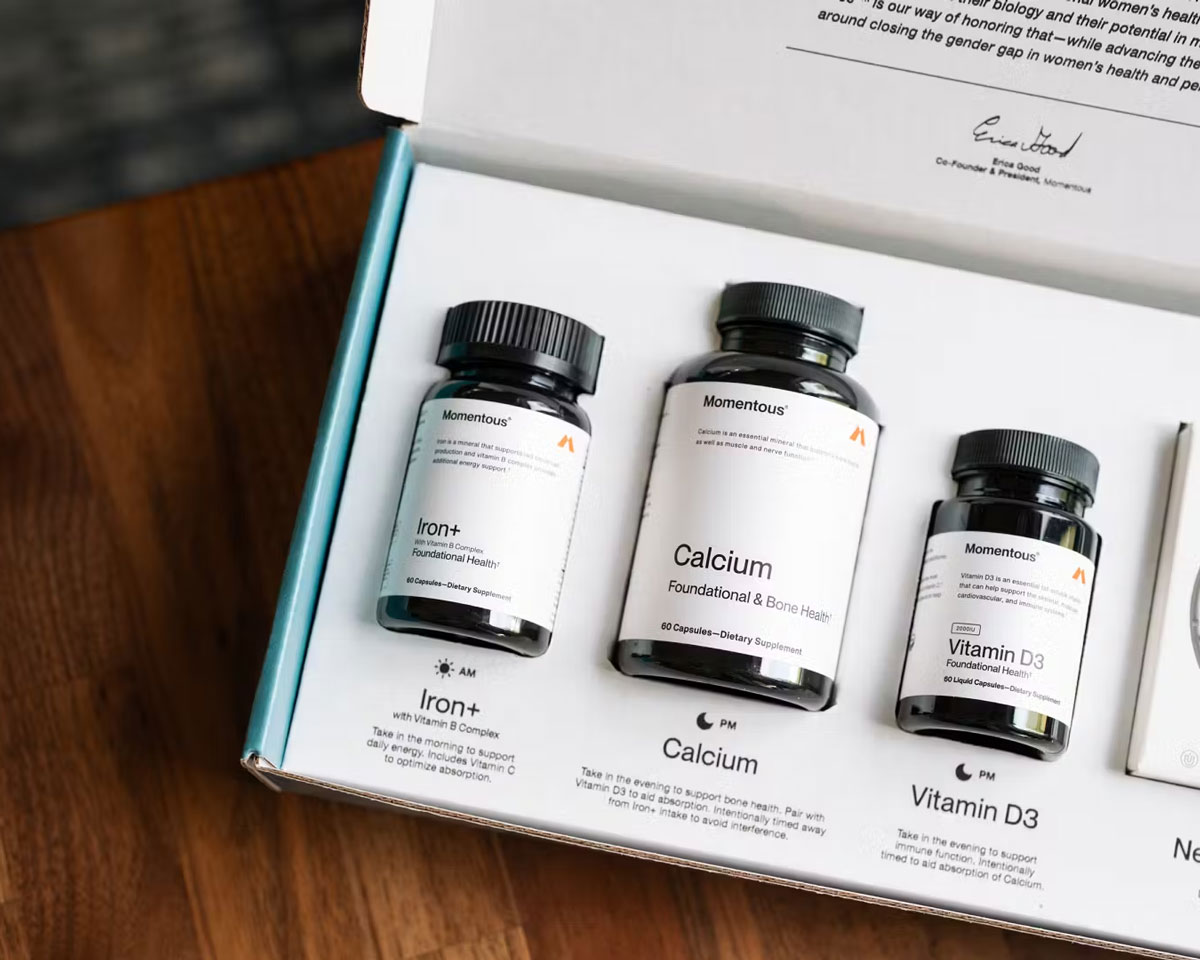How long should you cold plunge for?
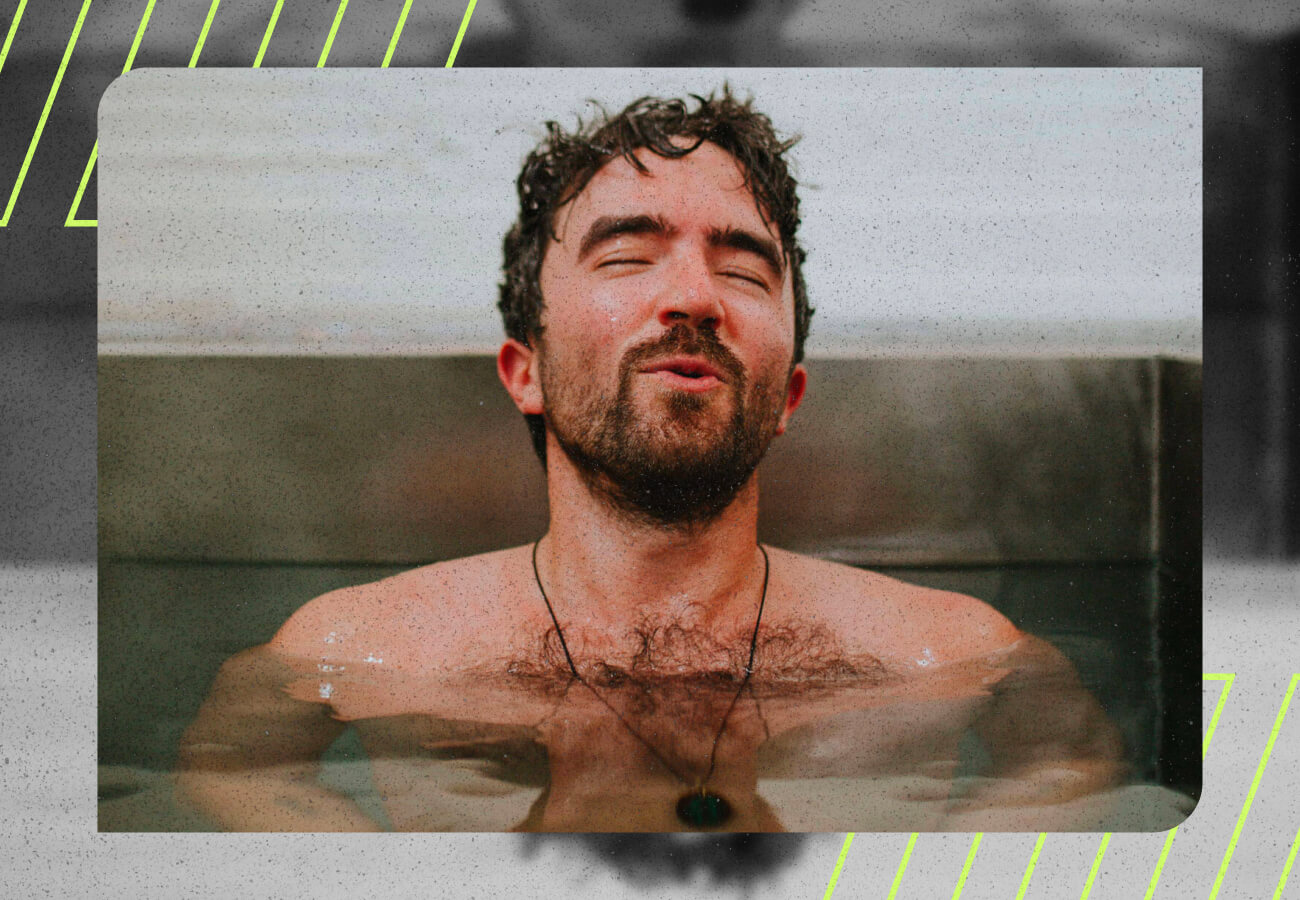
Most of us are familiar with using a heating pad on a stiff neck or sore back, but what about using cold as a therapeutic health tool?
In the last year, cold plunging has gone viral — professional athletes are dunking into ice baths after big wins, fitness gurus are starting their morning with a frigid dip, and celebrities are dotting the Internet showing their dives into icy ponds. You may have even seen your neighbors jumping into a cold tub in their backyards. So, what’s the reason behind the chilly movement?
We’re going to dig into everything you need to know about the trending treatment, including how long you should cold plunge and the ideal icy temperature.
What is Cold Plunging?
Cold plunging is a form of cryotherapy, which utilizes cold temperatures to treat health concerns.
“A cold plunge is a practice where individuals immerse themselves in cold water for a period of time,” explains Dr. Jonathan Leary, founder of Remedy Place.
The practice has shot up in popularity over the last two years — Google Trends shows the term “cold plunge” has surged in searches by 250% since 2020!
But, this cold water treatment dates back centuries.
Research suggests that ancient Romans used cold plunging for therapy, relaxation, and socialization, and more recently, there’s decades worth of documentation showing professional athletes taking the plunge during training cycles and post-game recovery.

Image via Sauna House.
While many passing fads lack backing, there’s a reason this practice has stuck around: think reduced DOMS (delayed onset muscle soreness), better sleep, reduced inflammation, and a boost in mental clarity.
Since the practice just involves immersing yourself in cold water, there’s a variety of ways to practice it! Some practitioners opt for indoor and outdoor cold plunge tubs, while others choose to practice in cold bodies of water, like lakes, rivers, or the ocean. Unlike soothing hot baths though, these plunges are typically quick dips.
The Ideal Duration for Cold Plunging
If dunking into a cold body of water for an hour doesn’t sound appealing, don’t worry! Cold plunging is a quicker practice that can be scaled based on individual tolerance, experience, and water temperature.
“Generally, it’s recommended to start with shorter durations and gradually increase your time as your body becomes accustomed to the cold water,” said Dr. Leary.
Beginners should start immersing themselves up to their shoulders with their hands above the water. Clock in at 30 seconds the first few plunges.
Depending on your body’s response, you can slowly build up to two to five minutes over time as you adapt to the sensation of cold water. While two to five minutes may sound brief, this timeframe exposes your body to cold temperatures long enough to trigger the benefits.
Founder of Sauna House Andrew Lachlan notes that data suggests 11 total minutes a week is a great goal for experienced practitioners.
Overall, practitioners are advised not to exceed 10 minutes at a time for your body’s safety. In this case, there can be too much of a good thing! Cold plunging in excess can create injuries and interfere with healthy cortisol output.
Listening to your body is key. While cold plunging isn’t defined as a mindfulness practice outright, it does involve cuing into your body’s signals to define the optimal length of your plunge. Look out for signs of extreme pain or discomfort, intense shivering, or signs of hypothermia.
Frequency of Cold Plunges
Similar to the length of your cold plunge, how frequently you cold plunge is based on your individual health, tolerance and goals, notes Dr. Leary.
Beginners are advised not to overdo it. Lachlan recommends plunging once a week to reap the benefits. More experienced practitioners can build up to two to three times a week on nonconsecutive days as time progresses.
Recovery between sessions is key too.
“It’s crucial to prioritize recovery between cold plunge sessions. Cold exposure is a stressor, and your body needs time to recover and adapt. If you’re feeling fatigued, sore, or if your sleep quality is affected, it might be a sign that you need to reduce the frequency or duration of your cold plunges,” said Dr. Leary.
Temperature Considerations
Just like length and frequency, the optimal temperature of your cold plunge should be individualized — but, temperatures should generally fall below 60℉ to receive the health benefits.
“If the water isn’t cold enough to change your body temperature, then it’s not really doing much. It’s important to remember that even a slight change in your body temperature, like that from slightly cold water, can have a positive impact on your health,” said Dr. Leary.
Most cold plunges range from the 30-59℉ range, but the recommended temperature will depend on your tolerance for cold temperatures. As with the length of your plunge, you can gradually build up to cooler temperatures.
“I view ice baths as adaptation training. You can always do it at your own pace. Just ensure you get proper instruction/coaching and listen to your body,” said Dr. Leary.
Benefits of cold plunging
Cold water immersion isn’t just a passing fad without real outcomes. Here are some positive benefits of cold water therapy you can experience:
- Reduced inflammation: Cold temperatures narrow your blood vessels, which decreases the blood flow to your muscles, thus reducing inflammation and swelling.
- Reduced soreness: The reduction in inflammation and slower nerve signaling can mean less pain. When you get out of a cold plunge, the nutrient-rich blood flow to your muscles may also push out lactic acid, which contributes to delayed onset muscle soreness (DOMS).
- Improved immunity: Some studies suggest that ice baths can support a healthy immune system and fight off bacteria.
- Improved mental health: Exposing your body to cold water triggers a stress response and activates the nervous system, which can improve your mood and help your overall stress adaptation — outside of the cold water.
If you’re not acclimated to cold plunging, exercise caution. Immersing your body in cold water comes with potential risks. When your body experiences a cold shock, your breathing rate, heart rate, and blood pressure can all rise, which puts you at a greater risk for drowning, especially if you unintentionally gasp when your head is submerged.
The greatest risk for this is during the first 30 seconds, so it’s recommended to practice slowing your breath down and not submerging your head right away. Hypothermia also poses a risk, which is why it’s recommended to limit the time of your plunge.
Tips for a successful cold plunge
The successful cold plunge is the one you do, but there are ways to make it a more positive experience — namely, gradual adaptation.
“Start slow and steady, my friends! Know that you are so strong, capable, and temporary discomfort unlocks a lot of potential. Maintain control of your breath and take that time to really just sink into yourself. The cold plunge forces such a present and deliberate moment where you’ve made a decision to push yourself to places you didn’t know were possible,” said Lachlan.
Here are some other tips for success in cold water:
- Practice safety: Firstly, talk to a doctor before plunging to assess if you have any risk factors. Once you’re given the green light, keep a buddy system in place so someone can intervene and assist if needed. If you’re in a natural body of water, keep an eye on the depth, current, and other possible safety hazards.
- Focus on your breath: Slow, deep breaths can help calm the body and mind. If you hold your breath, you can exacerbate the body’s stress response to the cold water and make the experience more uncomfortable.
- Listen to your body: Pay attention to how your body feels. Remember to not push past your limits as you get started.
- Hydrate: Drink plenty of water before and after the plunge to prepare and replenish your system.
- Post-plunge warmup: After your cold plunge, take the time to gradually warm up your body. Whether you wrap yourself in a towel, take a warm (not hot!) shower, or practice light physical activity to generate body heat, this can stimulate blood flow and enhance the overall benefits of the cold plunge.
Incorporating Cold Plunges into Your Wellness Routine
Before you integrate cold plunges into your health and wellness routine, it’s important to consult your doctor to discuss any health risks and medical conditions. While cold plunging is considered low risk for most, exercise caution. Avoid cold plunging if you suffer from a heart condition, poor circulation, or conditions like Reynaud’s.
Once you’re cleared, start slow! Gradually build up your length and frequency and explore decreasing the water temperature weeks and months into the practice.
Cold plunging can fit into your routine the way it works best for you. As you might schedule a workout class, schedule your plunges to keep yourself accountable. If a friend helps keep you on your routine, loop them in too.
Practice cold water immersion in a space and place that’s accessible too. If you don’t have access to a specialty cold tank, a health spa setting, or a natural body of water, start with a cold shower or cold bath! Crank up the cold water during the last few minutes of your shower or fill your bathtub with cold water (and ice, if needed, depending on your temperature preferences).
Regardless of how you practice, cold plunging is similar to training: don’t overdo it. One to two times a week is enough to reap the benefits without exposing yourself to risk of injury or chronic stress conditions.
Cold plunging is an individual practice — listen to your body and enjoy.

 Published on Feb 27, 2024 by
Published on Feb 27, 2024 by 




